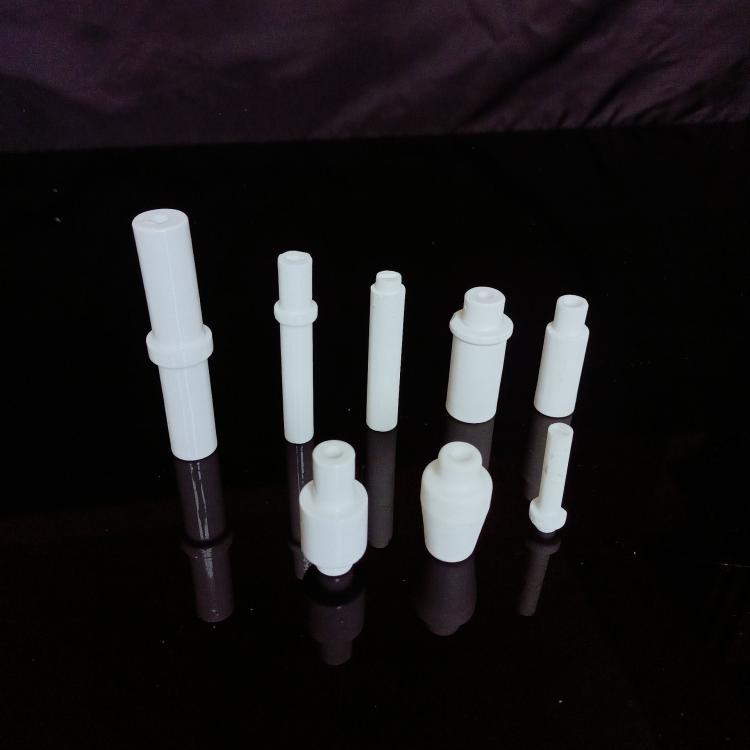A ceramic heating element is a type of heating device that uses a ceramic material as the main component for generating heat. These elements are commonly used in various applications due to their efficiency, durability, and ability to withstand high temperatures.

Here are some key aspects and applications of ceramic heating elements:
Composition and Structure:
– Ceramic Material: Typically made of materials like aluminum oxide (alumina) or silicon carbide.
– Coil or Plate Design: Often fashioned as coils, plates, rods, or beads to accommodate different heating requirements.
– Insulation: Ceramic heating elements possess excellent insulation properties, allowing them to operate at high temperatures without electrical failure.
Characteristics and Advantages:
– High Heat Capacity: They can withstand and generate high temperatures efficiently.
– Rapid Heating: These elements can heat up quickly, reaching high temperatures in a short time.
– Corrosion and Oxidation Resistance: Ceramic materials are less susceptible to corrosion or oxidation compared to metal heating elements.
– Uniform Heat Distribution: They provide more even heat distribution compared to some other heating elements.
Applications:
– Industrial Processes: Found in various industrial applications such as furnaces, kilns, heat treatment equipment, and metalworking.
– Household Appliances: Used in space heaters, hair dryers, ovens, and certain types of cooktops.
– Medical Equipment: Employed in devices like incubators and certain medical diagnostic instruments.
– Automotive Industry: Utilized in engine block heaters and vehicle cabin heaters.
Types of Ceramic Heating Elements:
– Ceramic Infrared Heaters: Emit infrared radiation for heating objects directly without heating the surrounding air extensively.
– Ceramic Heating Plates: Flat plates used in applications like soldering irons or laboratory equipment.
– Ceramic Heater Coils: Coils wound around a ceramic core, found in industrial and commercial heating systems.
Considerations:
– Temperature Range: Different ceramics have varying maximum temperature tolerances.
– Thermal Shock Resistance: Some ceramics may be susceptible to cracking when subjected to rapid temperature changes.
– Electrical Properties: Insulation and conductivity properties are vital for safety and efficiency.
Ceramic heating elements are preferred in many applications due to their durability, efficiency, and ability to maintain high temperatures. Their versatility makes them valuable across diverse industries and consumer products where reliable and consistent heat generation is required.

